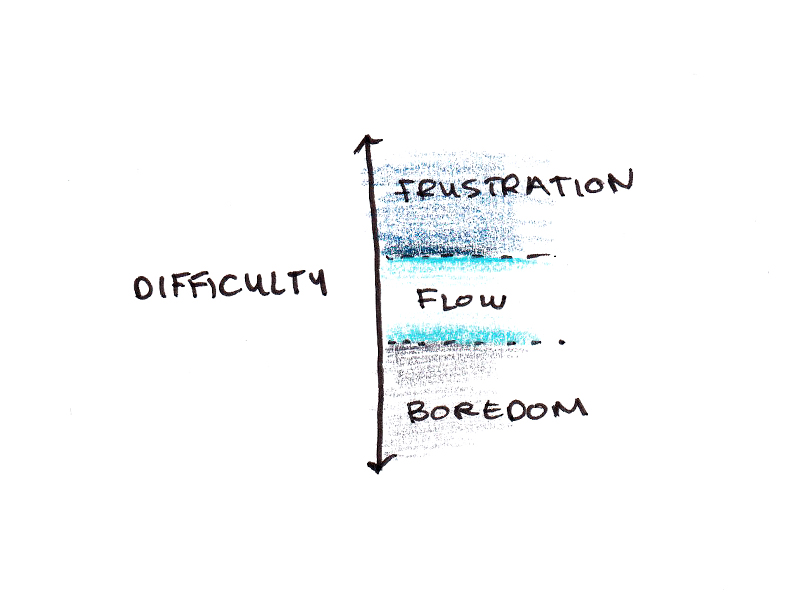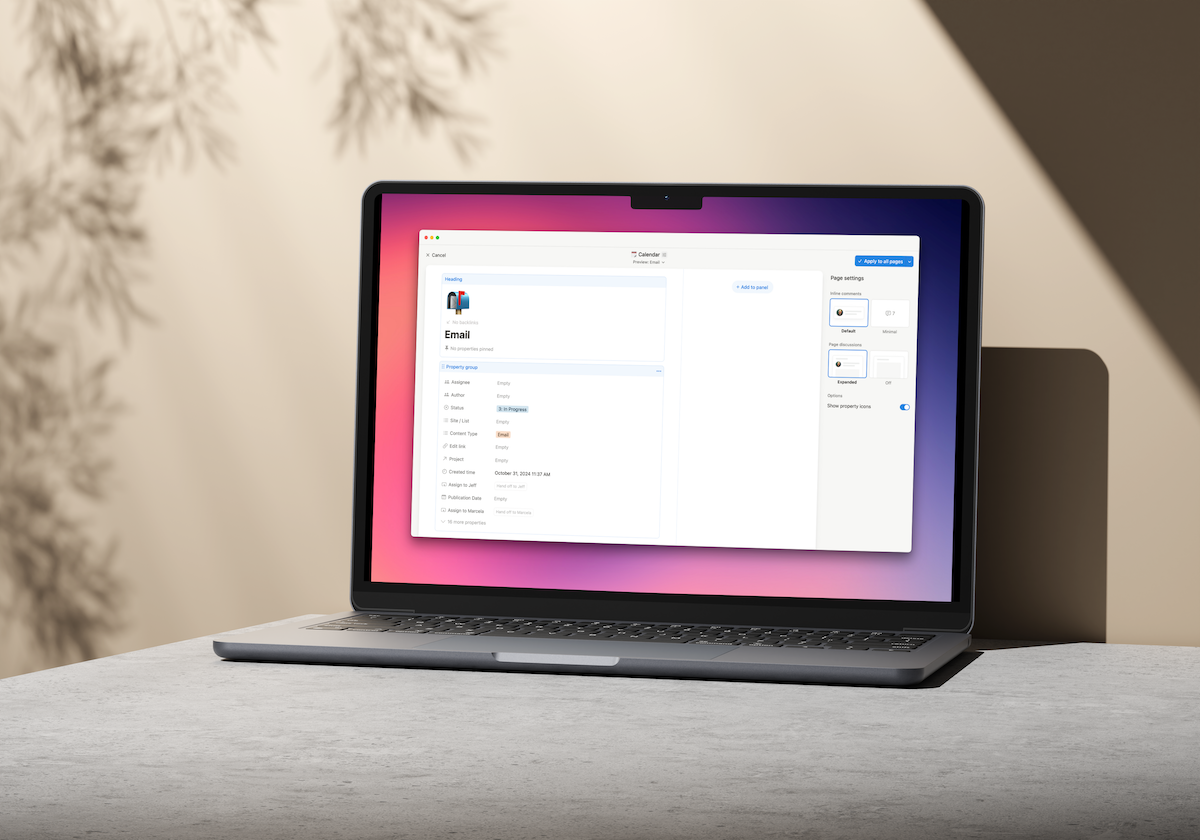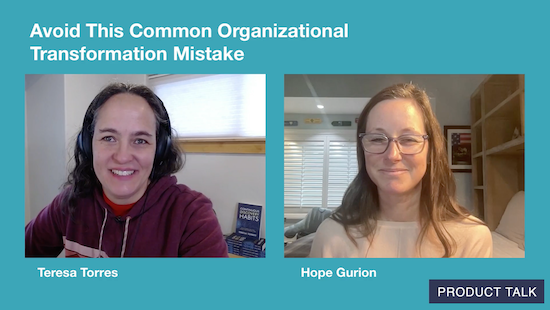How can I get my boss to stop emailing me in the middle of the night?
Welcome to Pressing Questions, Fast Company’s workplace advice column. Every week, deputy editor Kathleen Davis, host of The New Way We Work podcast, will answer the biggest and most pressing workplace questions.Q: How can I get my boss to stop emailing me in the middle of the night?A: This dilemma is closely related to the question of how to say “no” at work without feeling guilty and how to push back if your workload is too much. All are part of setting boundaries, but in an uncertain job market, drawing firm lines between work and personal time can feel more fraught.That doesn’t mean that you shouldn’t set boundaries. In fact, the most valuable, creative, productive, and innovative employees are never the workaholics who respond to messages at all hours. Numerous studies have shown that an “always on” culture not only destroys employee morale but causes stress that negatively impacts job performance.While you can’t control your boss’s behavior or work style, you can set clear expectations for how you work. Here are a few ways to do it: Create office hours for yourself Most of us work in some kind of remote or hybrid capacity, which means we often work with people in different time zones. Even those in the same time zone may have different chronotypes, or times of the day you are most productive. For this reason, many people have found it useful to put a message on their email, Slack, and other communication platforms that says something like “My working hours from 9 a.m. EST to 5 p.m. EST. I will respond to your message within those hours.” You can include that as part of your status or signature or as an auto reply to messages received outside of those hours.If you tend to on a less traditional schedule, you can also signal to those you work with that while you might be emailing them at 9 p.m. or 6 a.m., you don’t expect them to respond. Including a signature line like: “My working hours may not be your working hours. Please do not feel obligated to reply outside of your normal work schedule,” can go a long way in showing that you have reasonable expectations.Both of these approaches can be a good start to let your boss know that you won’t be responding to off-hour messages without being confrontational. You can also just set your status to snooze notifications or better yet, put your devices away in a separate room. Have a direct conversation At least 60% of my workplace advice boils down to “have a direct conversation.” It may feel obvious, but most people avoid uncomfortable workplace discussions. However, once you get over the initial fear and awkwardness of bringing something up, a direct conversation is often the best way to address an issue. In this case, you can bring it up in during another regular check-in when you are already talking about projects you are working on.Try something like “By the way, I think our hours are a little misaligned. I’ve noticed some off-hours messages from you. I snooze my notifications on weekends and after 5 p.m. on weekdays, so that’s why I don’t respond right away.” You can also often advice if you think they’d be open to it: “Did you know you can schedule your messages to send during work hours?”If both of those approaches don’t work, you can just not respond to the messages and if your boss brings it up you can point to overtime laws in many areas that make it illegal for bosses to contact employees outside of work hours. Work often doesn’t fit neatly in a 9–5 box, and you should always first assume good intentions (and have empathy for your boss who might themselves be under a lot of pressure). But you should always protect your work-life balance, because that’s what makes you the best employee—not the your 11 p.m. email response time.Want more advice on setting boundaries at work? Here you go: 5 reasons why answering work emails and texts after hours is backfiring What sending after-hours emails does to your productivity How to get better at setting boundaries How can I push back if my workload is too much?

Welcome to Pressing Questions, Fast Company’s workplace advice column. Every week, deputy editor Kathleen Davis, host of The New Way We Work podcast, will answer the biggest and most pressing workplace questions.
Q: How can I get my boss to stop emailing me in the middle of the night?
A: This dilemma is closely related to the question of how to say “no” at work without feeling guilty and how to push back if your workload is too much. All are part of setting boundaries, but in an uncertain job market, drawing firm lines between work and personal time can feel more fraught.
That doesn’t mean that you shouldn’t set boundaries. In fact, the most valuable, creative, productive, and innovative employees are never the workaholics who respond to messages at all hours. Numerous studies have shown that an “always on” culture not only destroys employee morale but causes stress that negatively impacts job performance.
While you can’t control your boss’s behavior or work style, you can set clear expectations for how you work. Here are a few ways to do it:
Create office hours for yourself
Most of us work in some kind of remote or hybrid capacity, which means we often work with people in different time zones. Even those in the same time zone may have different chronotypes, or times of the day you are most productive.
For this reason, many people have found it useful to put a message on their email, Slack, and other communication platforms that says something like “My working hours from 9 a.m. EST to 5 p.m. EST. I will respond to your message within those hours.” You can include that as part of your status or signature or as an auto reply to messages received outside of those hours.
If you tend to on a less traditional schedule, you can also signal to those you work with that while you might be emailing them at 9 p.m. or 6 a.m., you don’t expect them to respond. Including a signature line like: “My working hours may not be your working hours. Please do not feel obligated to reply outside of your normal work schedule,” can go a long way in showing that you have reasonable expectations.
Both of these approaches can be a good start to let your boss know that you won’t be responding to off-hour messages without being confrontational. You can also just set your status to snooze notifications or better yet, put your devices away in a separate room.
Have a direct conversation
At least 60% of my workplace advice boils down to “have a direct conversation.” It may feel obvious, but most people avoid uncomfortable workplace discussions. However, once you get over the initial fear and awkwardness of bringing something up, a direct conversation is often the best way to address an issue. In this case, you can bring it up in during another regular check-in when you are already talking about projects you are working on.
Try something like “By the way, I think our hours are a little misaligned. I’ve noticed some off-hours messages from you. I snooze my notifications on weekends and after 5 p.m. on weekdays, so that’s why I don’t respond right away.” You can also often advice if you think they’d be open to it: “Did you know you can schedule your messages to send during work hours?”
If both of those approaches don’t work, you can just not respond to the messages and if your boss brings it up you can point to overtime laws in many areas that make it illegal for bosses to contact employees outside of work hours.
Work often doesn’t fit neatly in a 9–5 box, and you should always first assume good intentions (and have empathy for your boss who might themselves be under a lot of pressure). But you should always protect your work-life balance, because that’s what makes you the best employee—not the your 11 p.m. email response time.
Want more advice on setting boundaries at work? Here you go:


































































































![Building A Digital PR Strategy: 10 Essential Steps for Beginners [With Examples]](https://buzzsumo.com/wp-content/uploads/2023/09/Building-A-Digital-PR-Strategy-10-Essential-Steps-for-Beginners-With-Examples-bblog-masthead.jpg)





![How One Brand Solved the Marketing Attribution Puzzle [Video]](https://contentmarketinginstitute.com/wp-content/uploads/2025/03/marketing-attribution-model-600x338.png?#)

































